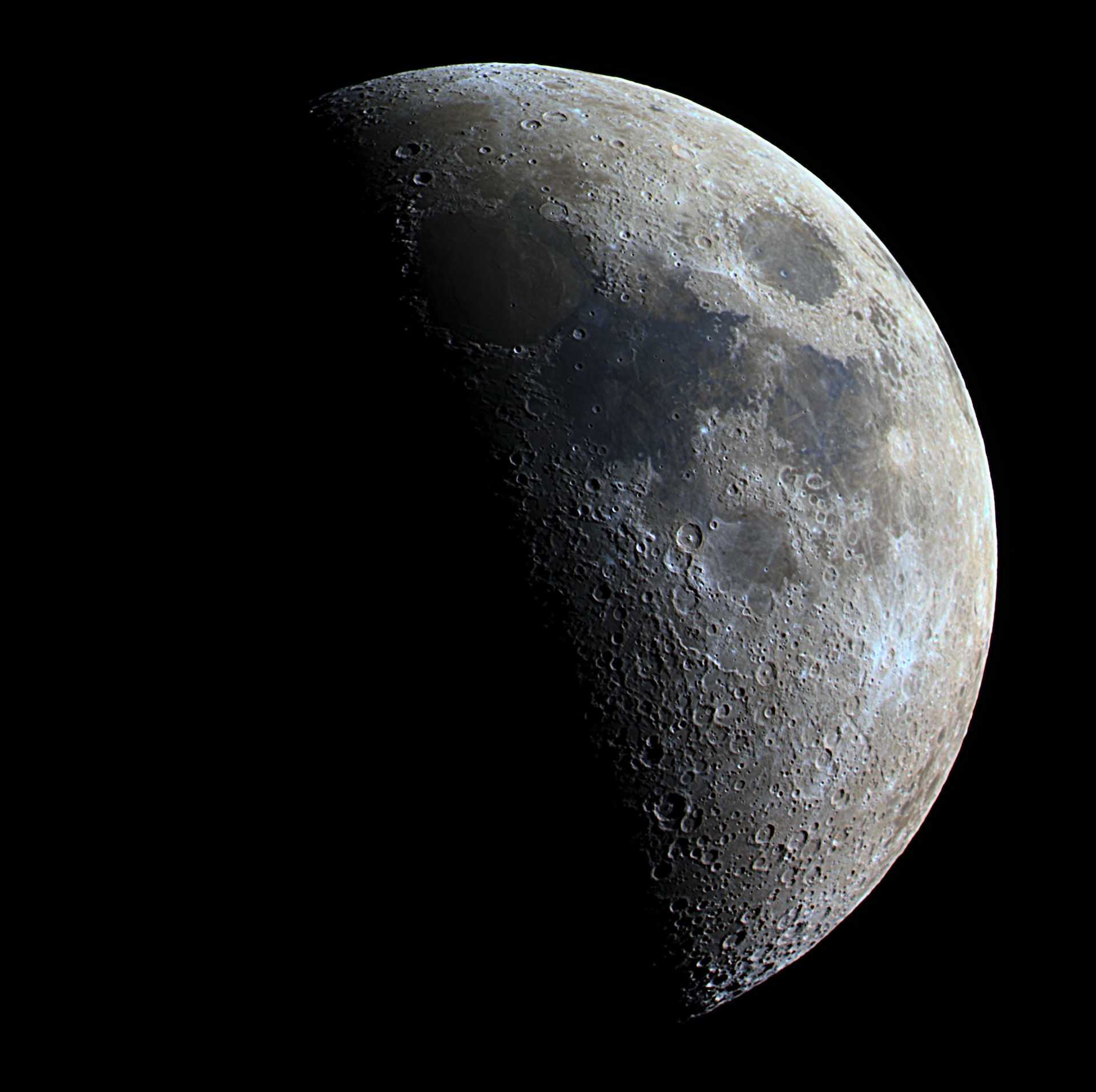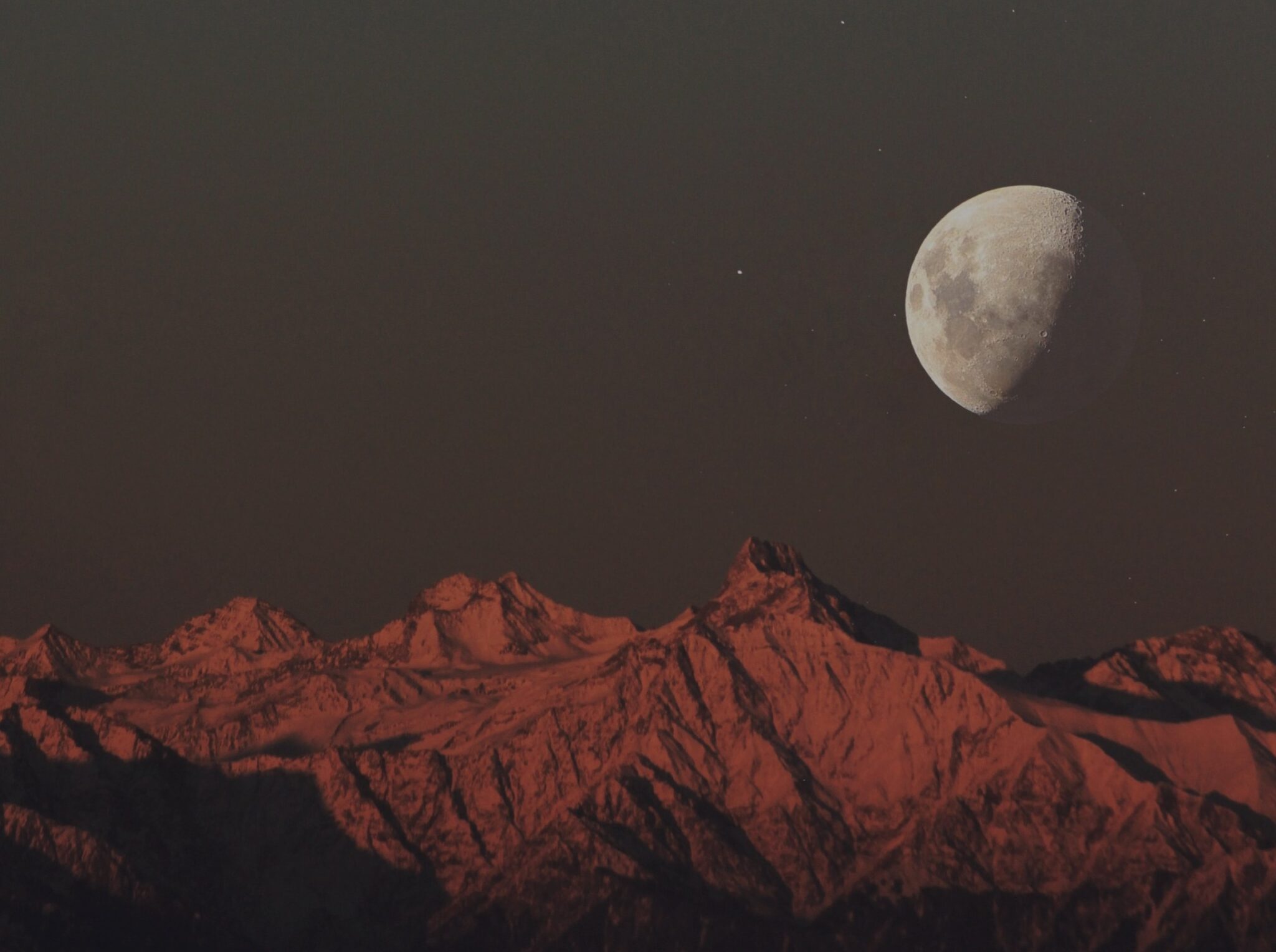Previously, it was believed that the age of the moon was 4.42 billion years, ± 10 million years. But recent studies have provided new data that indicates that our satellite turns out to be 40 million years older than scientists previously thought.

The formation of the Moon occurred more than 4 billion years ago as a result of the collision of a body the size of Mars with the early Earth. The material that emerged after the collision gradually formed the Moon. It still influences various aspects of life on Earth, including the tides and the behavior of animals.
Proof of age
The reassessment of the age of our satellite occurred after the study of zircon crystals, which were collected during the Apollo 17 mission in 1972. Since these crystals could not have formed when the Moon’s surface was melted, they must be dated to the time when the Moon cooled and became a solid gray sphere as we know it today.
Previous estimates have shown that the Moon may be several tens of millions of years older than previously thought. However, a new study, which was published in the journal Geochemical Perspectives Letters, confirmed an even greater age of the Earth’s satellite.

Jennika Greer, a geophysicist at the Field Museum in Chicago and lead author of the study, stressed the importance of this discovery. “It’s amazing being able to have proof that the rock you’re holding is the oldest bit of the Moon we’ve found so far. It’s an anchor point for so many questions about the Earth,” she said.
How was the age of the Moon determined?
To determine the age of zircon crystals, scientists used atomic probe tomography to analyze the distribution of lead atoms in the crystals. This method uses the principle of radioactive decay of atoms to determine when these crystals formed.
“In an hourglass, sand flows from one glass bulb to another, with the passage of time indicated by the accumulation of sand in the lower bulb. Radiometric dating works similarly by counting the number of parent atoms and the number of daughter atoms they have transformed to. The passage of time can then be calculated because the transformation rate is known,” explains Philipp Heck, a planetary scientist at the Field Museum and the University of Chicago.
The results of the study indicate that the zircon crystals are at least 4.46 billion years old, which is 40 million years more than previously calculated. In the cosmic dimension, this is a moment, but such figures are important for a more accurate definition of the history of the Moon and the Earth.
Thanks to the future manned Artemis missions that NASA is planning after 2025, we can hope to learn more about the formation and development of our satellite. The constant presence of humans on the Moon promises to reveal new and exciting aspects of the history of this mysterious world above us.
Earlier we talked about where the Moon was 2.5 billion years ago.
According to gizmodo.com
Follow us on Twitter to get the most interesting space news in time
https://twitter.com/ust_magazine

